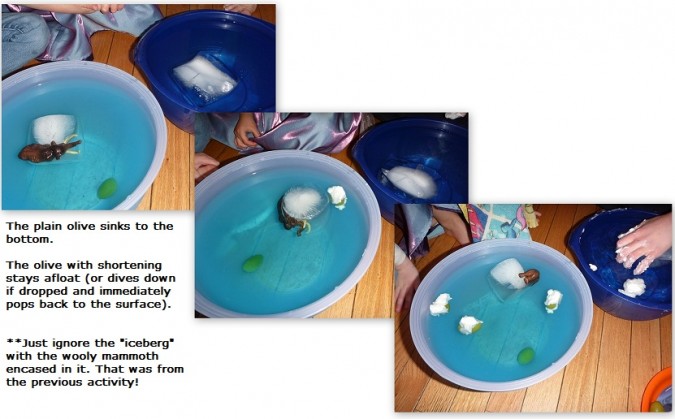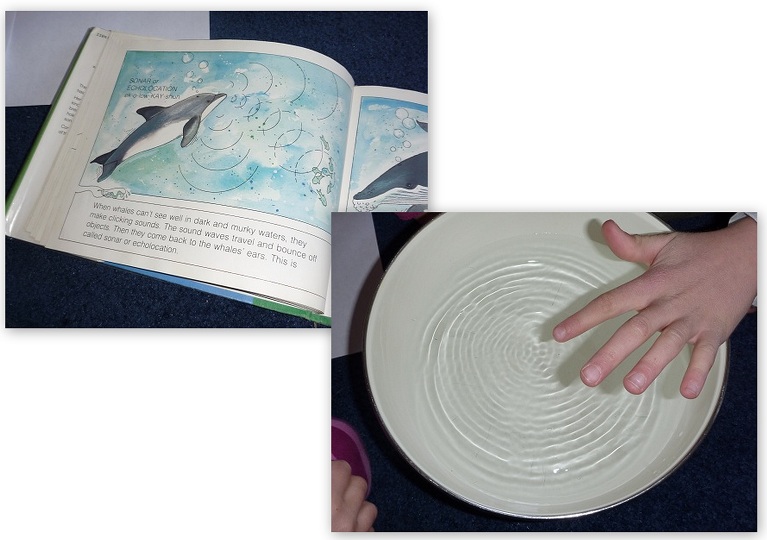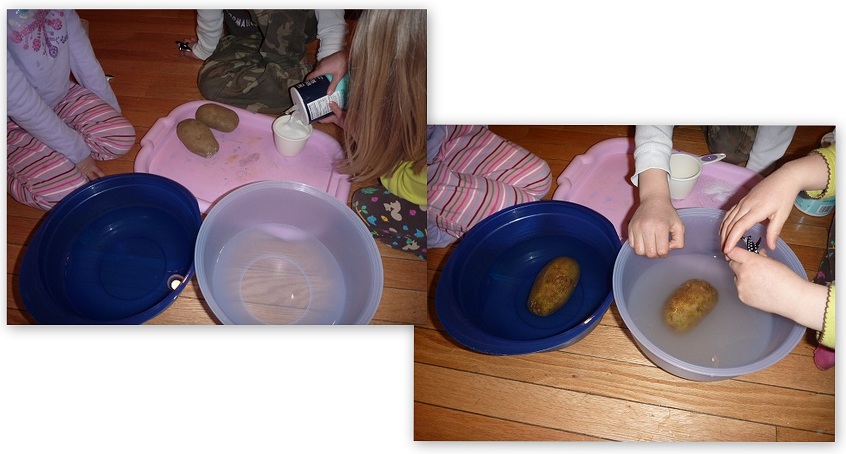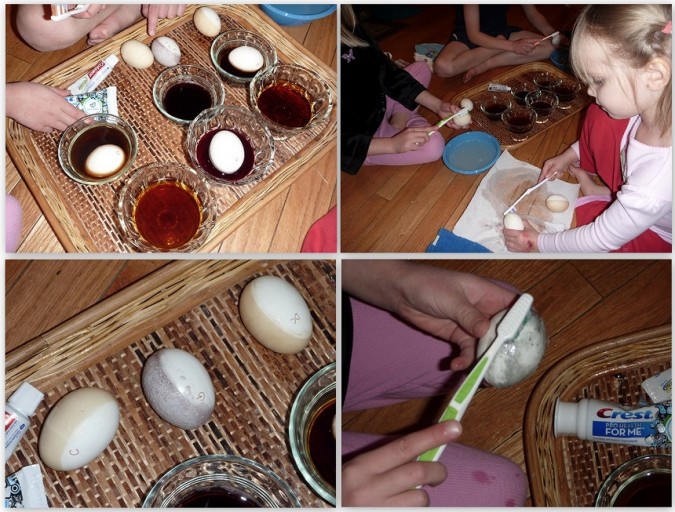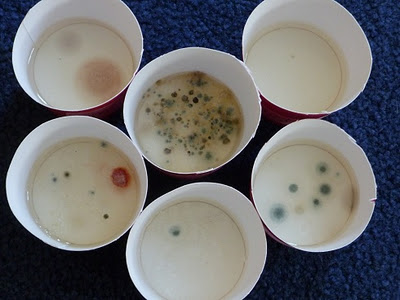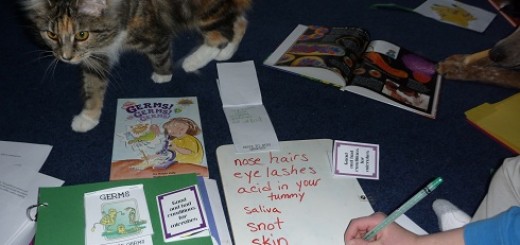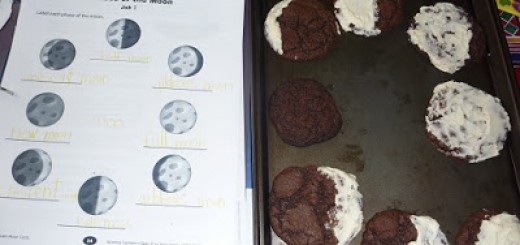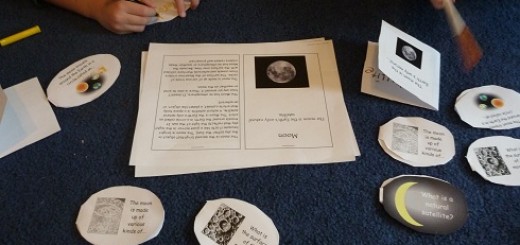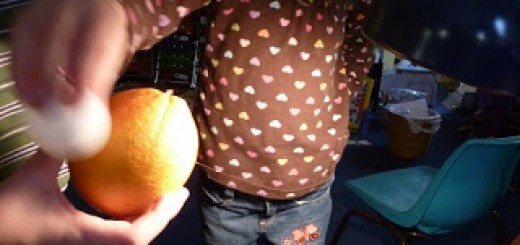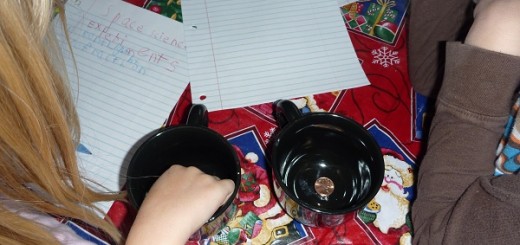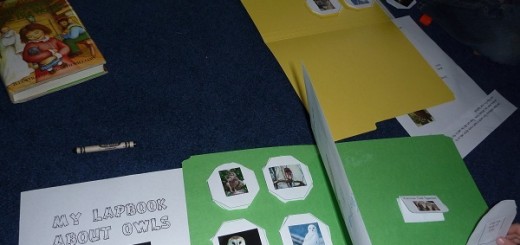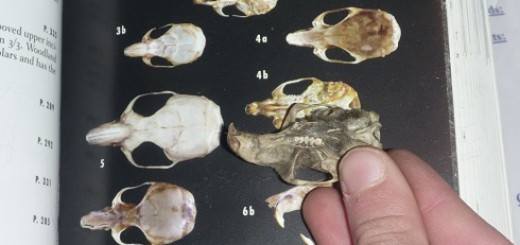Whale Unit (and the Arctic) — Icebergs, Blubber experiment, Buoyancy and more
Whales are able to survive in the frigid waters of the Arctic. In this series of activities the kids and I explored how that is possible. First, not directly related to the whales themselves, we talked about icebergs. We took giant cottage cheese cartons and froze big blocks of ice. One of those blocks had our wooly mammoth plastic creature. I had the kids guess how much of the ice...
